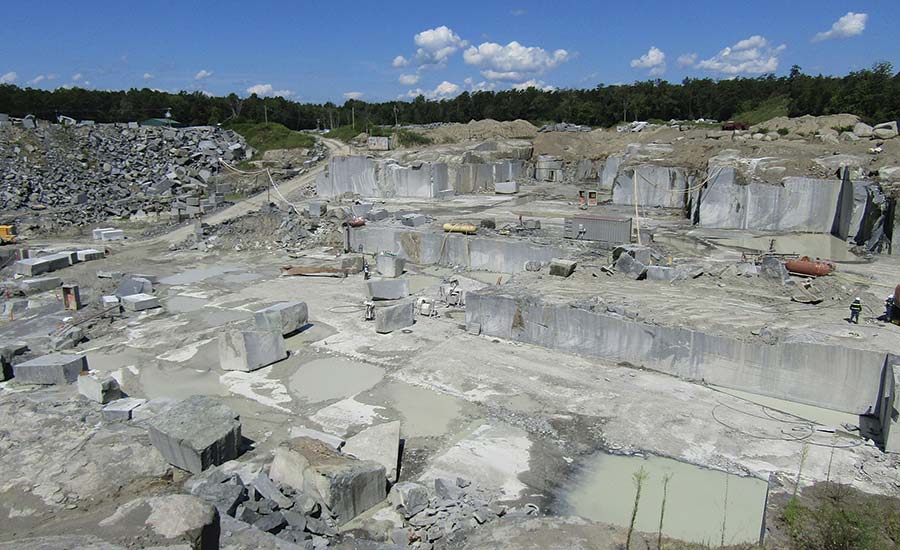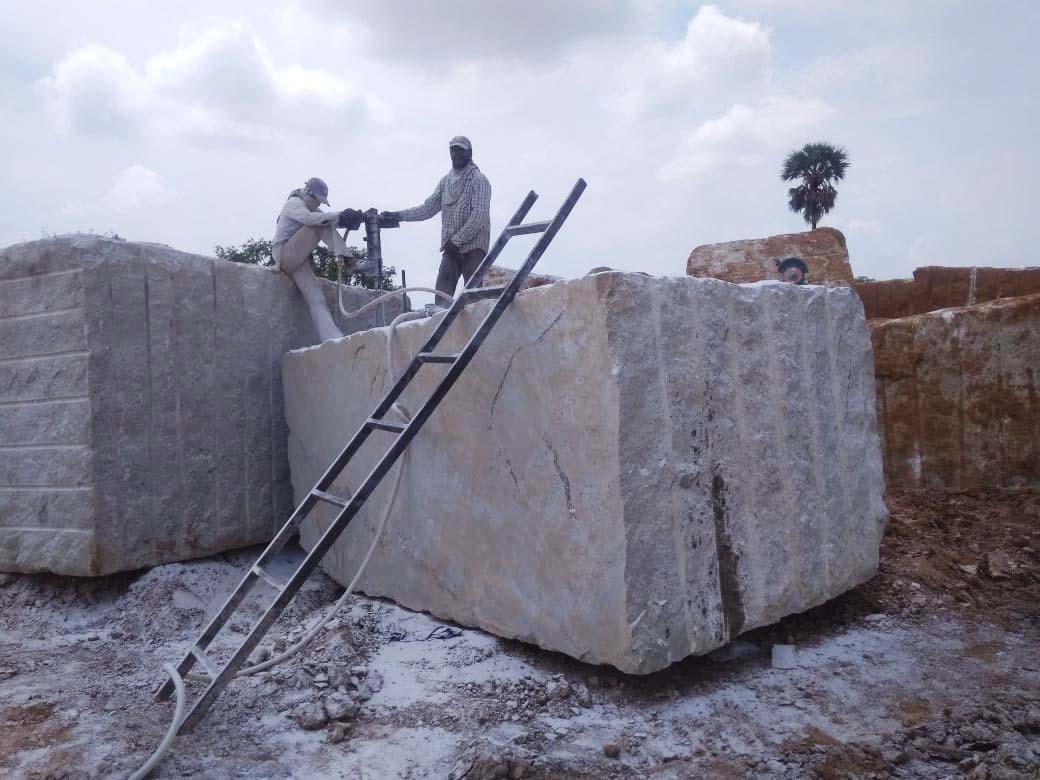Finding the Elegance of Granite Quarry in South Africa Wonders
Finding the Elegance of Granite Quarry in South Africa Wonders
Blog Article
Revealing the Mysteries of Granite Quarrying: Where Stamina and Sophistication Meet
The world of granite quarrying is a world where the raw stamina of nature merges with human virtuosity to create structures that stand the examination of time with an air of sophistication. From the depths of quarries to the careful sprucing up in workshops, the process of transforming granite into architectural wonders is an intricate dancing of tradition and development. As we peer right into the midsts of this old craft, we start to uncover the covert complexities that form the really significance of our constructed setting.
The Origins of Granite Quarrying
In the annals of architectural history, the origins of granite quarrying are shrouded in a tapestry of ancient craftsmanship and geological marvels. Dating back to old Egypt and Mesopotamia, the removal of granite from quarries noted the start of a trip that would at some point lead to the creation of some of the world's most iconic frameworks.
Granite quarrying's origins can be mapped to the skilled artisans who recognized the stone's resilience and aesthetic appeal. Through a mix of primitive devices and large decision, these early quarry workers unearthed granite blocks that would come to be the foundation of human beings.
As human beings progressed, so did the methods of quarrying granite. The Romans, renowned for their engineering prowess, created innovative approaches for drawing out granite to construct monuments, holy places, and roads that stood the test of time.
The legacy of these old quarrying methods continues to form contemporary design, with granite remaining an icon of stamina and beauty in construction tasks around the world. (granite quarries in south africa)
Tools of the Quarrying Profession
The development of granite quarrying techniques from old worlds to modern times highlights the essential function played by the tools of the quarrying profession in shaping the sector's methods. In ancient times, quarrying devices were basic, often containing chisels, hammers, and wedges made from products like bronze or iron. These tools called for considerable workforce and time to essence granite obstructs from quarries.

Additionally, the intro of pneumatically-driven devices and high-powered equipment has actually dramatically lowered the physical labor called for in quarrying procedures, improving worker security and productivity. As the quarrying industry continues to introduce, the devices of the trade continue to be at the leading edge of driving progress and shaping the future of granite extraction.
Drawing Out Blocks of Granite
Utilizing precision machinery and advanced techniques, the extraction of granite blocks from quarries has actually come to be an innovative procedure in the modern quarrying sector. The first action entails identifying the area and dimension of the granite down payment to identify the most reliable removal technique. Once an ideal website is selected, the removal procedure begins with the exploration of holes for the placement of nitroglycerins. Managed blasting strategies are then employed to disintegrate the granite into convenient sections.

Polishing and Finishing Strategies
To achieve a perfect surface area on granite blocks, experienced craftsmens employ a series of careful polishing and completing strategies. After the initial extraction and forming procedures, the granite blocks go through a detailed polishing phase to improve their all-natural beauty and sturdiness.
Along with sprucing up, finishing methods are put on more refine the granite's appearance. These methods might consist of flaming, honing, or brushing, each offering distinct appearances and coatings to match different aesthetic preferences. Flaming, for instance, includes subjecting the granite surface area to heats to create a harsh, textured surface, ideal for outside applications where slip-resistance is necessary. Sharpening, on the various other hand, supplies a matte coating that is smooth to the touch, perfect for indoor kitchen counters and floor covering. By thoroughly picking and applying these brightening and finishing strategies, craftsmens can change raw granite blocks into beautiful items that display both toughness and style.

Ecological Impact and Sustainability
With the expanding focus on environmental awareness in the industry, granite quarrying methods are increasingly inspected for their effect on natural sources and lasting sustainability. Quarrying for granite can have considerable ecological implications. The extraction procedure often includes making use of heavy machinery, nitroglycerins, and large amounts of water, causing environment destruction, soil disintegration, and water air pollution. why not try these out Additionally, the transportation of granite from quarries to refining centers generates carbon emissions, additionally adding to ecological degradation. granite quarries in south africa.
To minimize these influences and ensure sustainability in granite quarrying, industry stakeholders are adopting various actions. Carrying out sophisticated innovations to minimize power usage and water usage, recovering quarried land for environmental repair, and promoting accountable sourcing practices are some techniques being employed. Additionally, certifications such as the Forest Stewardship Council (FSC) and the Management in Power and Environmental Style (LEED) assistance consumers identify eco-friendly granite items.
Conclusion
To conclude, granite quarrying is a process that calls for specialized tools and techniques to essence you could look here blocks of granite and polish them to a high degree of finish. While the ecological impact of quarrying can be substantial, efforts are being made to boost sustainability practices in the sector. In general, granite quarrying is a fragile balance in between utilizing the toughness and beauty of this all-natural stone while lessening its impact on the setting.
Report this page